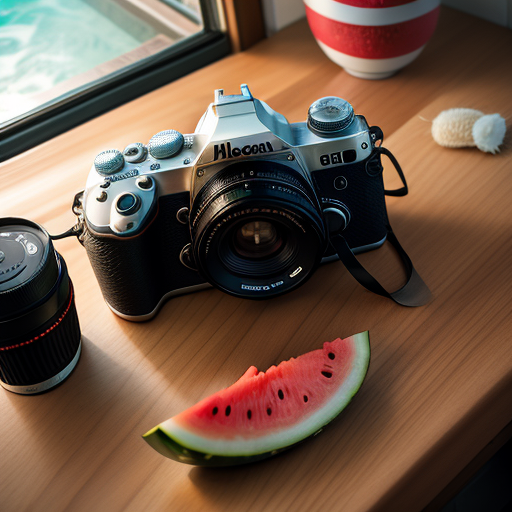
Capturing a breathtaking photograph requires more than just owning an expensive camera. It demands a deep understanding of photography techniques and the ability to employ them effectively. Whether you’re a beginner or an experienced photographer looking to enhance your skills, this article will provide valuable insights and tips to help you master the art of photography and create stunning shots.
1. Understand Composition
Composition is at the heart of every captivating photograph. It involves arranging various elements within the frame to create a visually appealing and balanced image. Keep these composition techniques in mind:
a) Rule of Thirds
Divide your frame into a grid of three equal vertical and horizontal sections. Place your subject along the lines or at the intersections to add interest and create a more balanced composition.
b) Leading Lines
Use natural or man-made lines, like roads, fences, or even rivers, to guide the viewers’ eyes towards your subject. This technique adds depth and visual flow to your photographs.
c) Framing
Frame your subject using the natural surroundings or architectural elements, such as doorways or windows. This technique adds depth and draws attention to your subject within the frame.
2. Master Lighting Techniques
Understanding and controlling lighting is key to capturing stunning shots. Experiment with these lighting techniques:
a) Golden Hour
The golden hour refers to the first and last hour of sunlight during the day. The soft, warm light during this time can transform an ordinary scene into a magical one. Schedule your shoots accordingly to take advantage of this beautiful lighting.
b) Backlighting
Shoot with your subject between your camera and the primary light source. This technique creates a stunning effect, emphasizing silhouettes and adding a sense of depth to your images.
c) Fill Flash
When shooting outdoors on a bright day, use fill flash to balance the lighting and eliminate harsh shadows on your subject’s face. This technique improves overall exposure and ensures your subject stands out.
3. Experiment with Perspective
Exploring different perspectives can transform an ordinary scene into an extraordinary photograph. Get creative with these perspective techniques:
a) Low Angle
Get down low and capture your subject from ground level. This perspective can add drama and make your subject appear larger than life.
b) Bird’s Eye View
Elevate your camera and shoot from a higher vantage point. This technique can provide a unique and often overlooked perspective, especially when photographing landscapes or crowds.
c) Macro Photography
Invest in a macro lens or extension tubes to capture stunning close-up shots of intricate details. This technique is particularly effective when photographing flowers, insects, or small objects.
4. Utilize Depth of Field
Controlling the depth of field allows you to selectively focus on your subject and create beautiful background blur. Consider these techniques:
a) Shallow Depth of Field
Use a wider aperture (smaller f-number) to achieve a shallow depth of field. This technique is ideal for isolating your subject from the background when capturing portraits or close-ups.
b) Deep Depth of Field
Use a smaller aperture (larger f-number) to achieve a deep depth of field. This technique is useful when photographing landscapes or scenes where you want everything in focus.
5. Continuously Learn and Practice
Photography is an art form that requires continuous learning and practice. Stay inspired and keep improving your skills by:
a) Taking Online Courses
There are numerous online platforms that offer comprehensive photography courses. Invest in courses tailored to your level of expertise and specific areas of interest to refine your skills.
b) Joining Photography Communities
Join local photography clubs or online communities to connect with fellow photographers. Engage in discussions, seek feedback, and get inspired by others’ work.
c) Practicing Regularly
Nothing will hone your skills more than regular practice. Dedicate time to explore different techniques and experiment with various subjects and lighting conditions.
By following these techniques and tips, you’ll be well on your way to mastering the art of photography. Remember, practice makes perfect, so grab your camera, venture out, and capture stunning shots that will leave a lasting impression.
